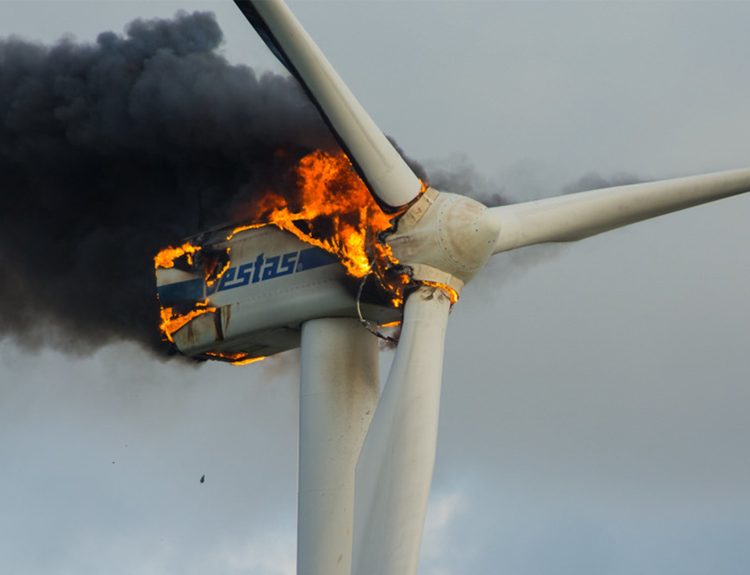As we aim for a greener future in transportation, electric cars are leading the charge. They offer eco-friendly rides without sacrificing power. But, there’s a catch when it comes to driving them long distances.
Despite their cool looks, electric cars face some tough challenges on the road, especially when traveling far. Jim Farley, Ford’s CEO realized this the hard way recently when he took the company’s electric F-150 lightning vehicle for a ride from Silicon Valley to Las Vegas.
Charging, A Big Challenge
In a video shared on his X account (previously called Twitter), he confessed that “charging has been pretty challenging.” While behind the wheel, he talked about his recent stop at a charging station on Interstate 5 in California.

There, he waited for 40 minutes to get his truck charged to just 40%. Farley mentioned that this experience gave him a good understanding of the difficulties customers face.
Man Ditches His F-150 During Road Trip
The video was posted after a story came out on Aug. 10 about a Canadian man who had to ditch his F-150 Lightning because it didn’t charge at two different stations during a family trip from Winnipeg to Chicago. In it, he admitted that charging electric vehicles can be tough.
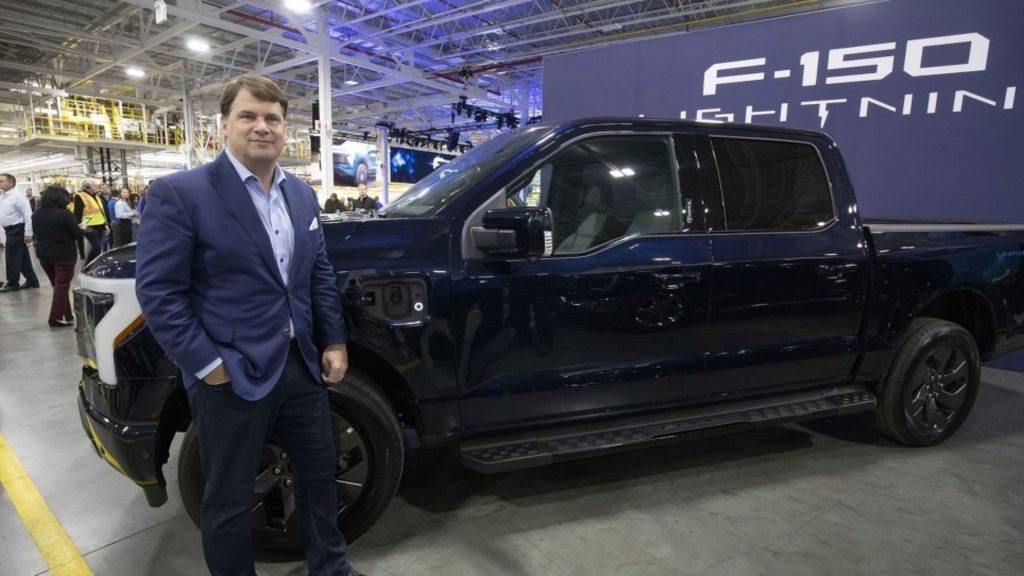
“Shifting from fueling stations to charging stations requires new behaviors and opens new possibilities,” Farley wrote in a LinkedIn post on Aug. 7 before starting his own cross-country trip.
You’ll Need Patience
Unfortunately, it seems that learning to be more patient might be part of the new habits, and having time to read while waiting for a full charge could be one of the new things you can do.

Here are three of the toughest problems for EV drivers when it comes to charging up during long road trips.
Lack Of Charging Infrastructure
Unless you stick to short drives, you’ll need to charge your electric car somewhere other than home. But finding charging stations can be tough.

A study by Coast, a company that helps vehicle-fleet owners with payments, found that in the U.S., there are only 22 EV charging stations for every 1,000 miles of road. Compare that to 104 gas pumps for the same distance. In lots of states, you won’t even find one charging station per 100 square miles.
More Electric Cars Than Charging Ports
Also, in many states, there are more electric cars registered than there are charging ports available. For instance, according to the Coast study, Nevada has 49% more electric cars than the national average but 19% fewer charging ports per square mile.
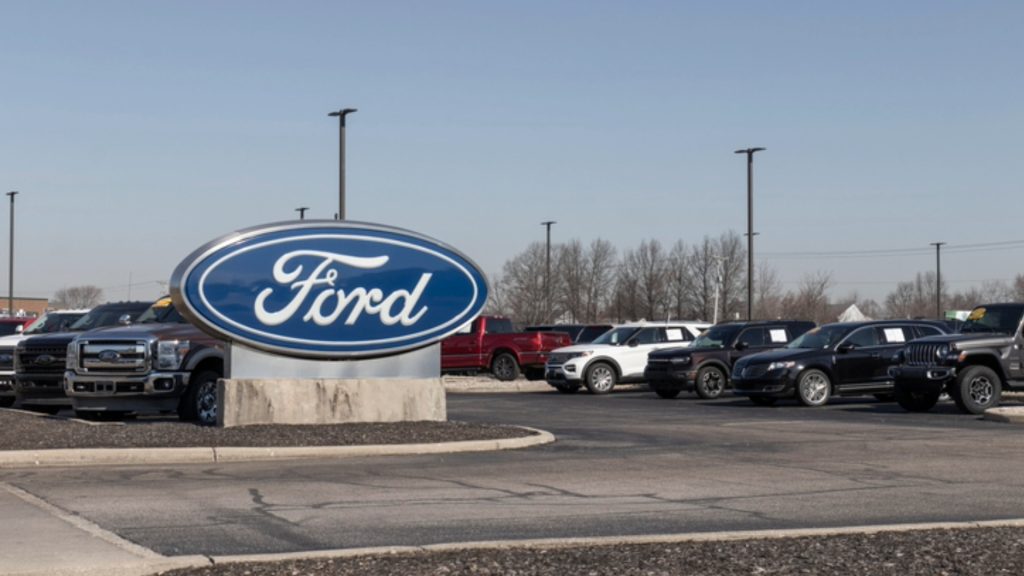
And, there’s another issue: some of these stations might not even work, as the Canadian traveler mentioned earlier experienced on his trip. Ford revealed in October its plan to increase its EV charging network in North America by 25%, reaching over 106,000 chargers in total.
Long Charging Times
Apart from the charging pots, looking for an EV charging station and waiting in line for your turn can take up a lot of time. And that’s not all, there’s also the problem of slow charging speed with some chargers.
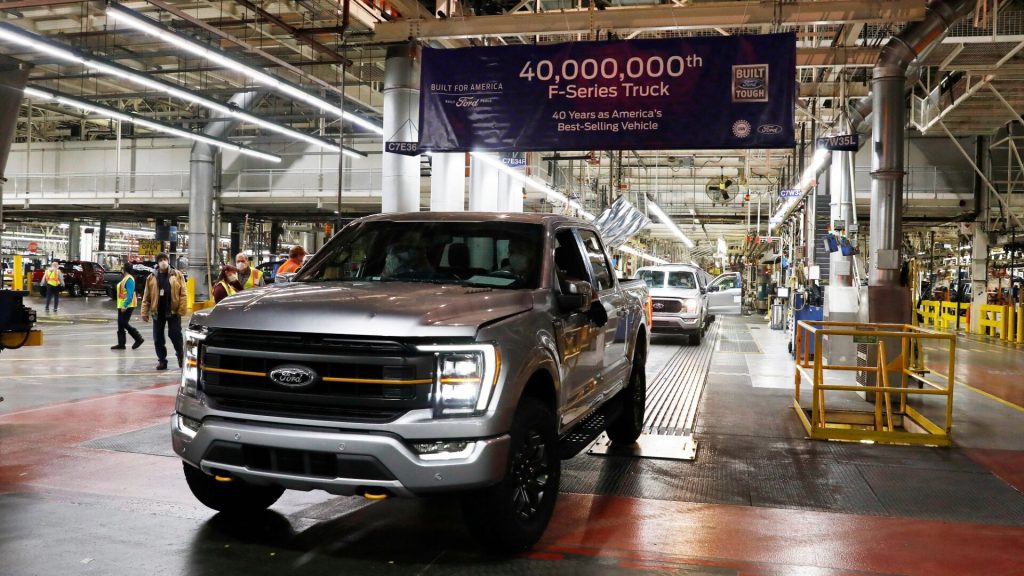
According to the Department of Transportation, a fast-charging, direct-current station can take 20 minutes to an hour to charge an EV battery from empty to 80%. That’s much longer than filling up a gas tank.
Charging Stats From Ford Website
With a 150-kilowatt (kW) or higher Direct Current (DC) fast charger, the standard-range 98-kilowatt hour (kWh) battery can go from 15% to 80% charge in approximately 36 minutes.
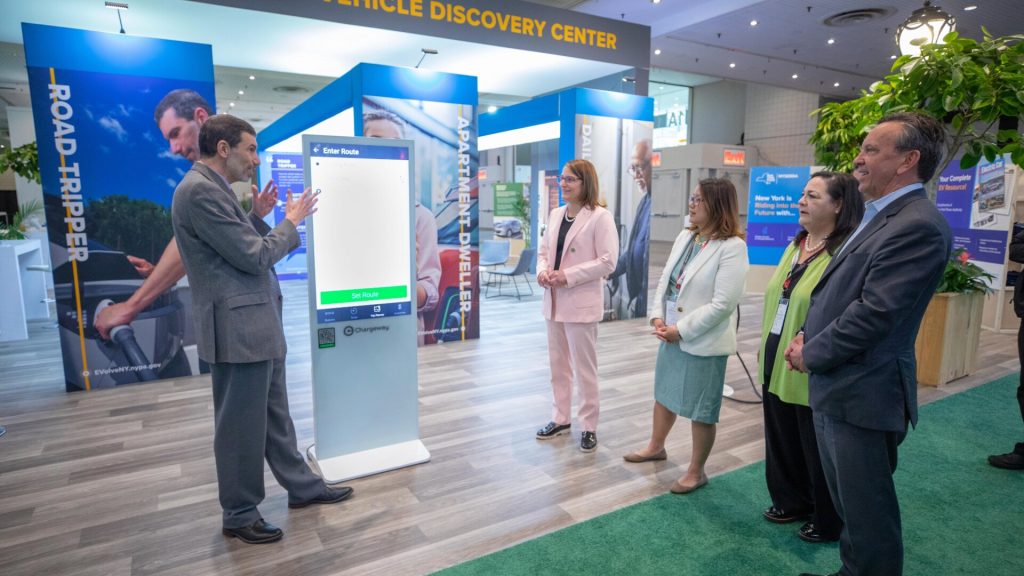
Similarly, the extended-range 131-kilowatt hour (kWh) battery can reach the same charge level in about 41 minutes when using the same charger.
Slower Chargers Are Even Less Efficient
The slower chargers are even less efficient. Using a Level 2 AC charger, which is slower than the fastest ones, it takes four to 10 hours to charge an EV battery from empty to 80%.

Farley later posted another video on X from a fast-charging station in Baker, Calif., saying it was “fast and simple” compared to the previous one.
Range Anxiety
Another big issue for long-trip drivers is range anxiety. Naturally, for any EV owner going on a long trip, keeping an eye on the battery and finding charging stations along the way is crucial, which can make driving stressful.
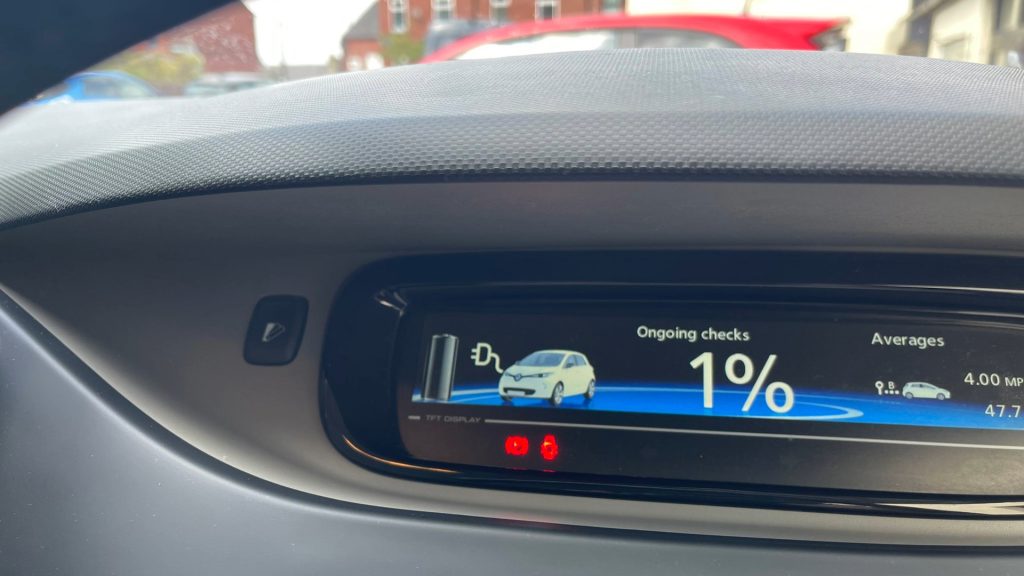
This worry can get worse in colder months since cold weather makes EVs use more power, reducing their range. Consumer Reports discovered that in chilly conditions, driving at 70 miles per hour cuts the average range by about 25%.
Map Out Your Charging Spots And Bring A Book Along
If you’re doing short trips with lots of stops, the cold can have an even bigger impact, reducing your range by 50%.
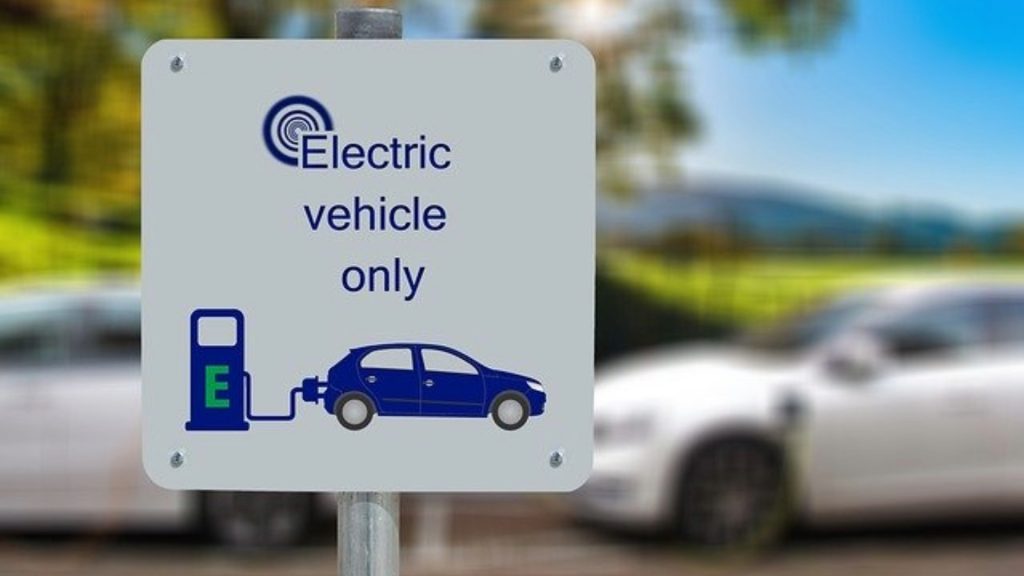
So, if you’re planning a road trip with an EV, make sure you know where all the charging stops are and bring a good book because you might end up waiting a while.
Slash In Production Costs
Ford will cut next year’s planned production of the F-150 Lightning in half, according to a memo to suppliers obtained by Automotive News. The automaker attributed the move to “changing market demand,” the publication says.
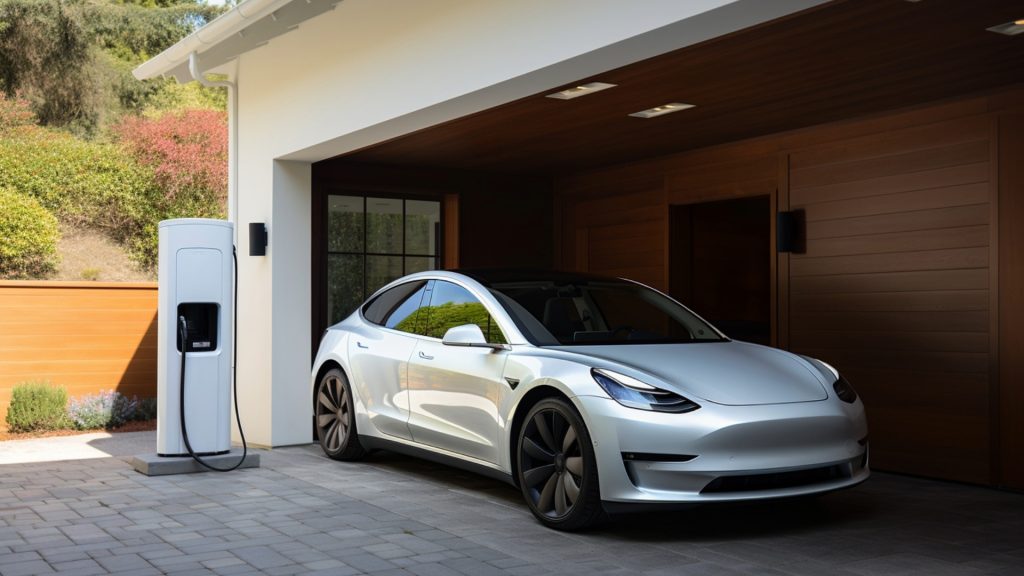
The No. 2 U.S. automaker said it would cut production at its Michigan Rouge Electric Vehicle Center to one shift starting April 1.
EV Popularity Surge In The U.S.
Despite challenges, the United States is seeing a surge in electric vehicle (EV) popularity. In the second quarter of last year, almost 300,000 new EVs were bought by drivers nationwide—a nearly 50% increase from the previous year, as reported by Cox Automotive.
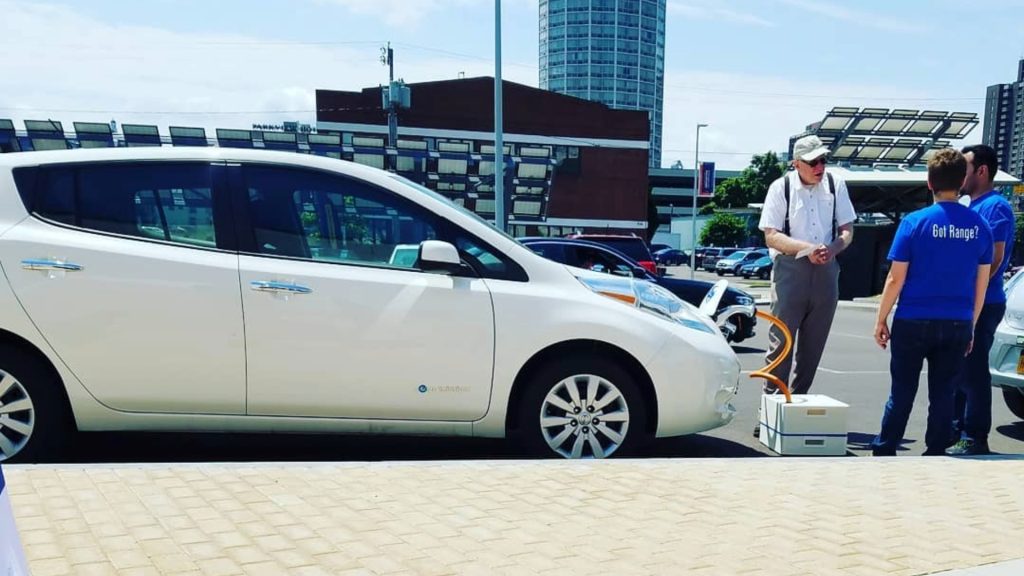
Factors like lower prices, tax credits, and more EV options may be driving this growth. However, there are still questions about whether it’s financially viable for the average American to buy an EV.
High Purchase Costs But Long Life Expectancy
Even though EV prices dropped by almost 18% in July, according to Kelley Blue Book (KBB), they’re still more expensive than gas-powered cars. In July, the average EV cost was $53,469, compared to $48,334 for all vehicles.
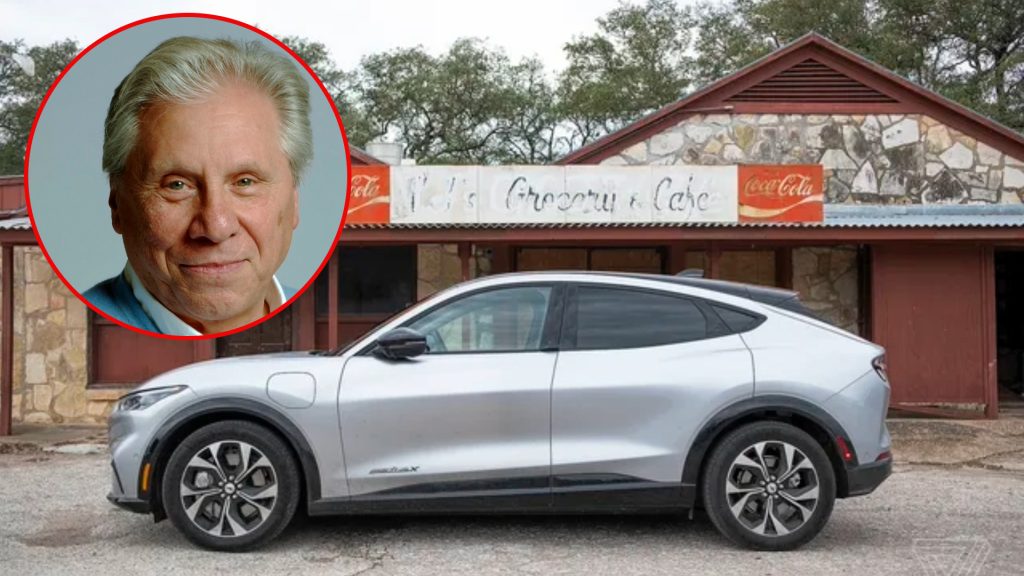
The life expectancy of EVs is also increasing as battery technology continues to improve, according to Robert Walden, founder of Vehicle Freak. “While you might shell out more upfront, you’re also investing in a longer-lived vehicle,” he said.






